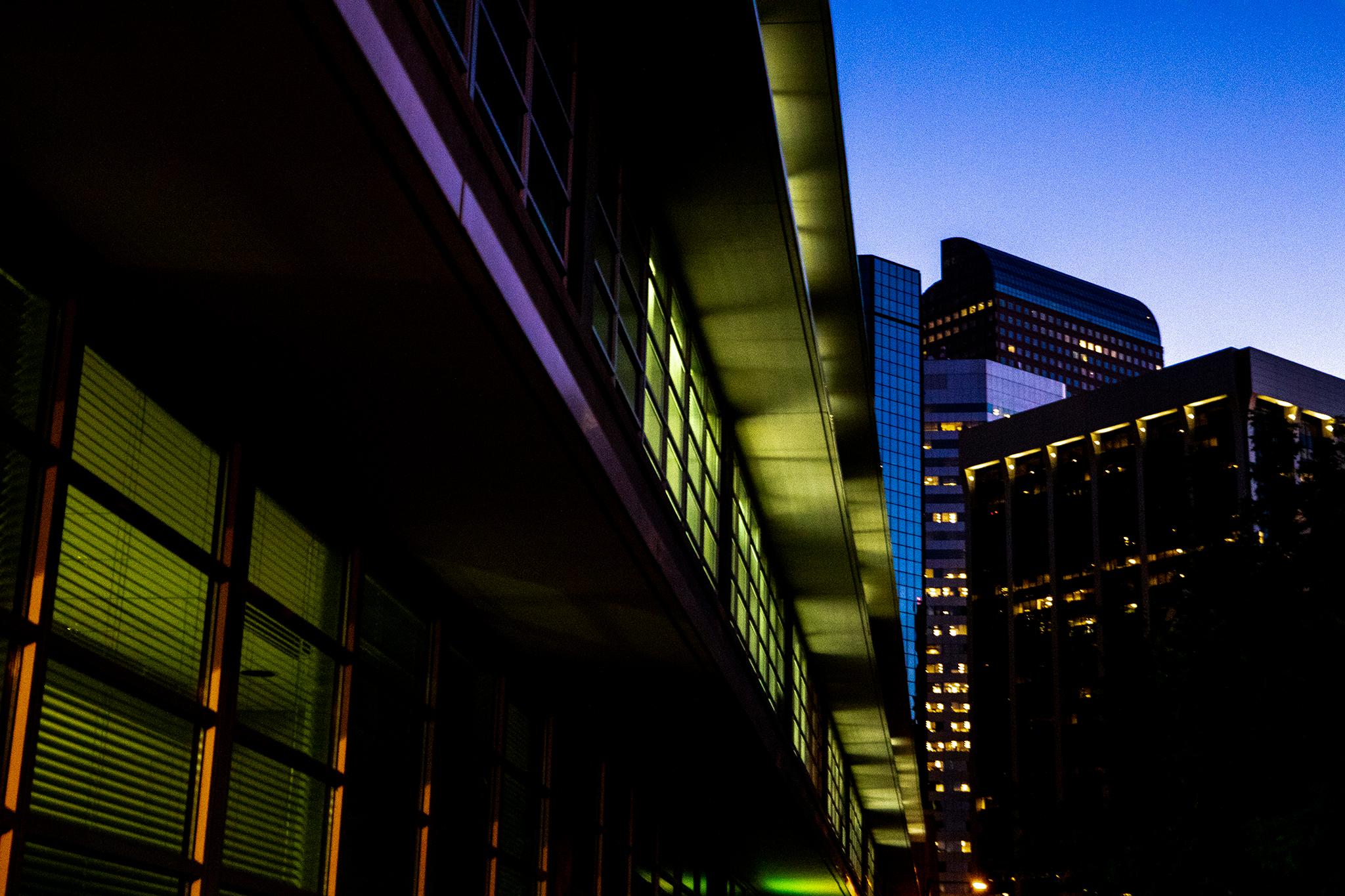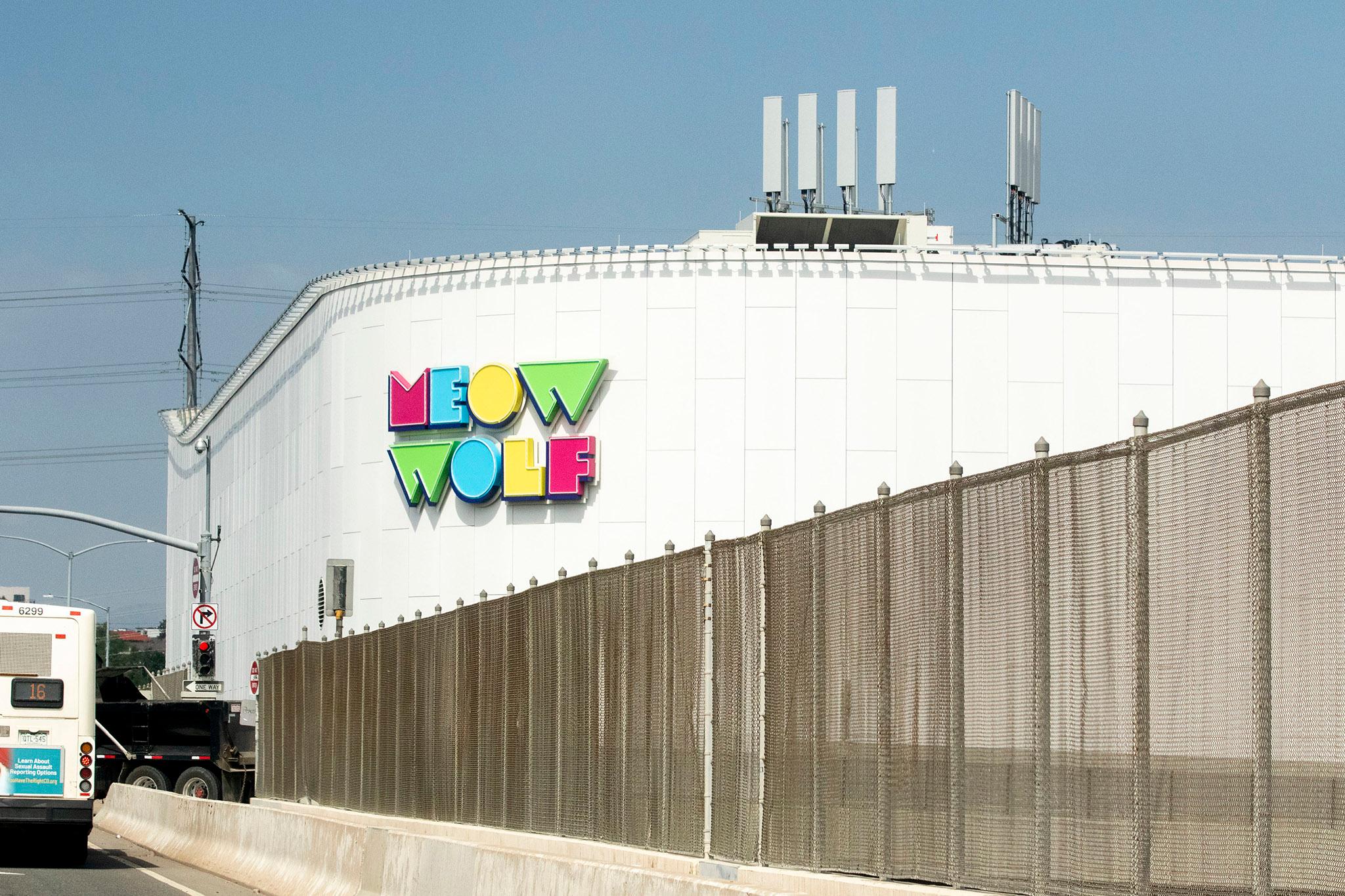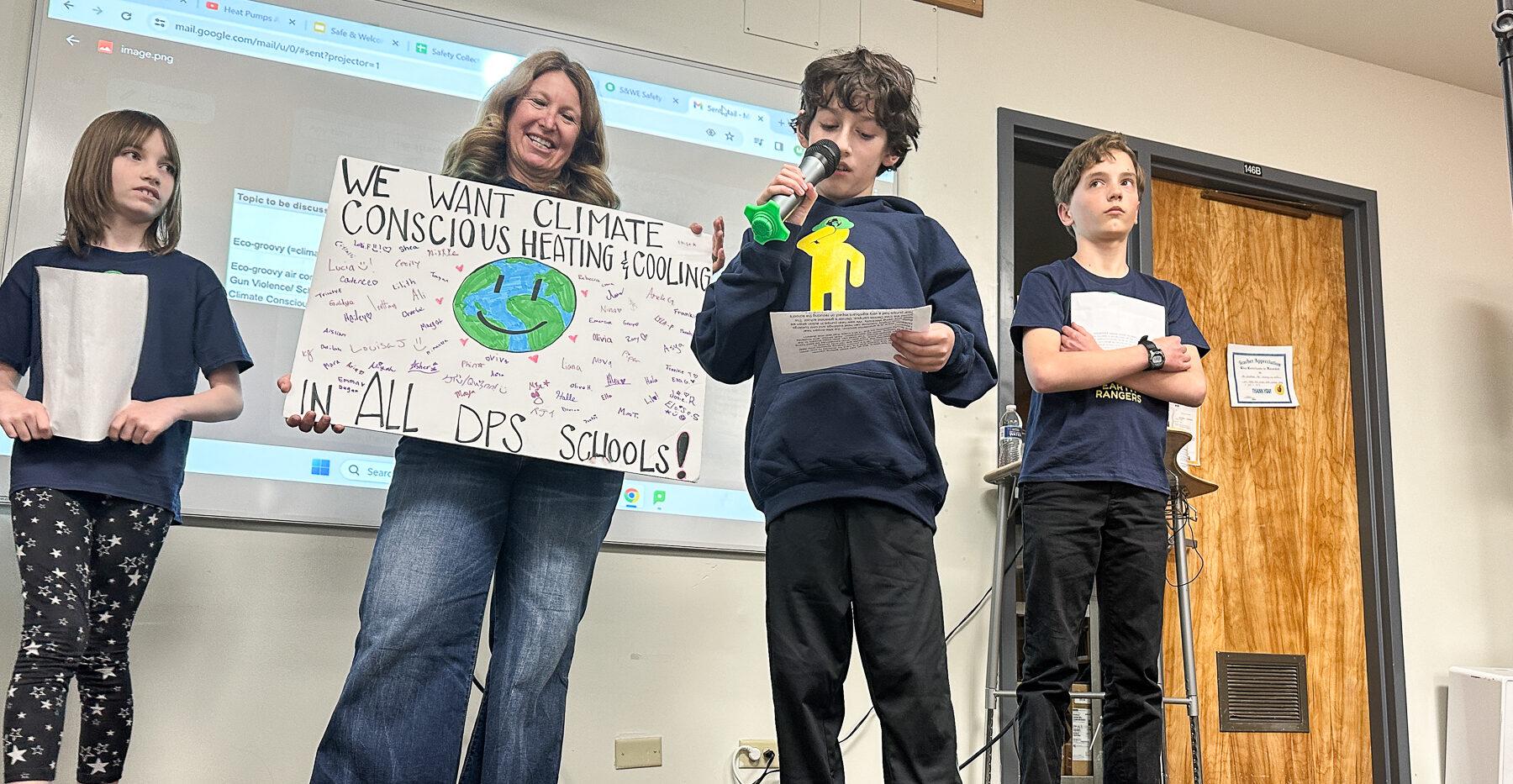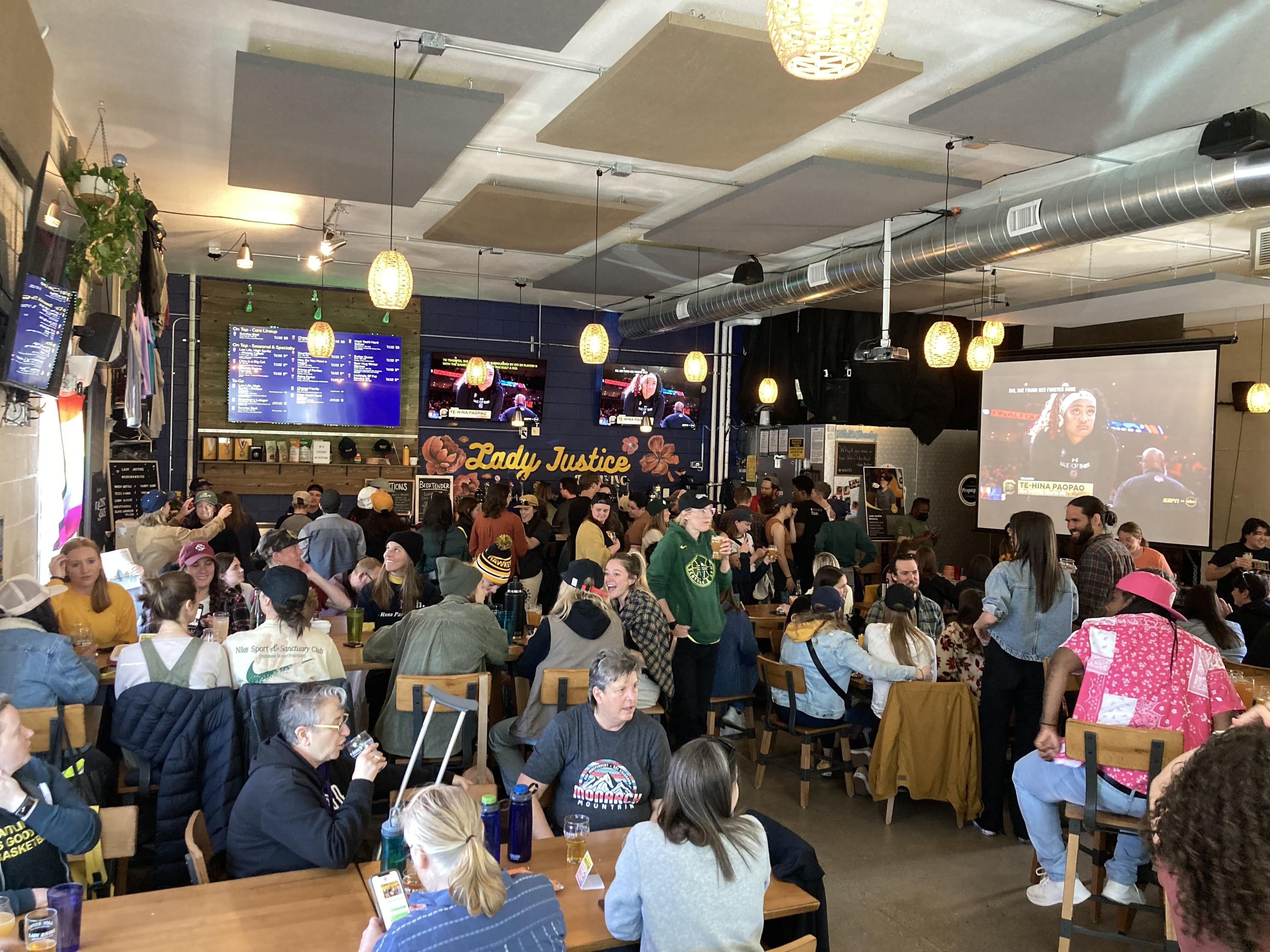Early on a Wednesday morning, well before dawn, three women set out searching for dead birds in downtown Denver.
Finding some would be bittersweet. It could help them collect data to pressure building owners to turn off their lights at night. But still, finding a dead bird would be unpleasant.
On that morning in mid-September, Barbara Masoner, Chelsea Brown and Kelley Patient didn't find anything. Good news and, yet, not great for the point they were trying to make.
As she walked along 14th Street, pointing her flashlight into a line of bushes, Masoner said the data she's helping collect might coax downtown tenets to keep their offices dark, which would help keep migrating birds from smacking into their windows. She doesn't think people care too much about birds, so making a strong case is important.
"I would love to be proven wrong," she added.

The trio are volunteers working for Lights Out Denver. It's a local version of a larger initiative studying how buildings across the continent affect critters that coexist with humans. Thirty cities in the U.S. and Canada currently run Lights Out campaigns. Toronto was the first, and it seemed to be much needed around the Great Lakes. Since 1993, Toronto's volunteers have recovered more than 84,000 dead or injured birds.
Garth Spellman, the Denver Museum of Nature & Science's curator of ornithology, said Denver's buildings aren't likely as dangerous as Toronto's, Cleveland's or Charlotte's, where more than 300 migrating birds collided with a single building last week. Those cities are adjacent to large bodies of water, which attract migrators in droves.
"In Denver, we just don't have the same geographic features that a lot of these other cities have, but we are certainly along a migration corridor," he said.
But this kind of conflict has never been studied here, and he said that's reason enough to send volunteers out to see what kind of impact the city actually has: "We just don't know the numbers of birds that are impacted on a seasonal basis."
So far, Denver's teams have only collected 19 birds. But October is the height of autumn migration through the Central Flyway. Denver sits right along the path, so it's the perfect time to keep counting.
Bird populations face a lot of pressure, and research paints a gloomy picture of their ability to survive.
Scientists and conservationists were alarmed by a study published last month in the journal Science that estimated bird populations in the U.S. and Canada fell by almost 30 percent since 1970. That accounts for almost three billion fewer birds over that span of time.
Spellman said the majority of bird deaths across the nation can be attributed to outdoor, bloodthirsty cats, but building collisions are definitely "one piece of that puzzle."
Migrating birds that pass through the Central Flyway are typically dispersed between the mountains and the plains. While Spellman is waiting to see the data before he makes any definitive statements, he said habitat loss through development is likely more impactful for species along the Front Range than window strikes, especially as the metro area expands.
Denver International Airport is also a big regional avian killer because it's located in prairie lands. But horned larks are the most likely to die there, and they're not migratory. Spellman said we're not likely to see many larks colliding with buildings downtown.
On the other hand, he said illuminated windows definitely pose a threat to some species. Many migratory birds fly through the area at night, guided by stars and magnetic fields. He said an illuminated window can act as a "big bug zapper" that lures birds into a "death trap."
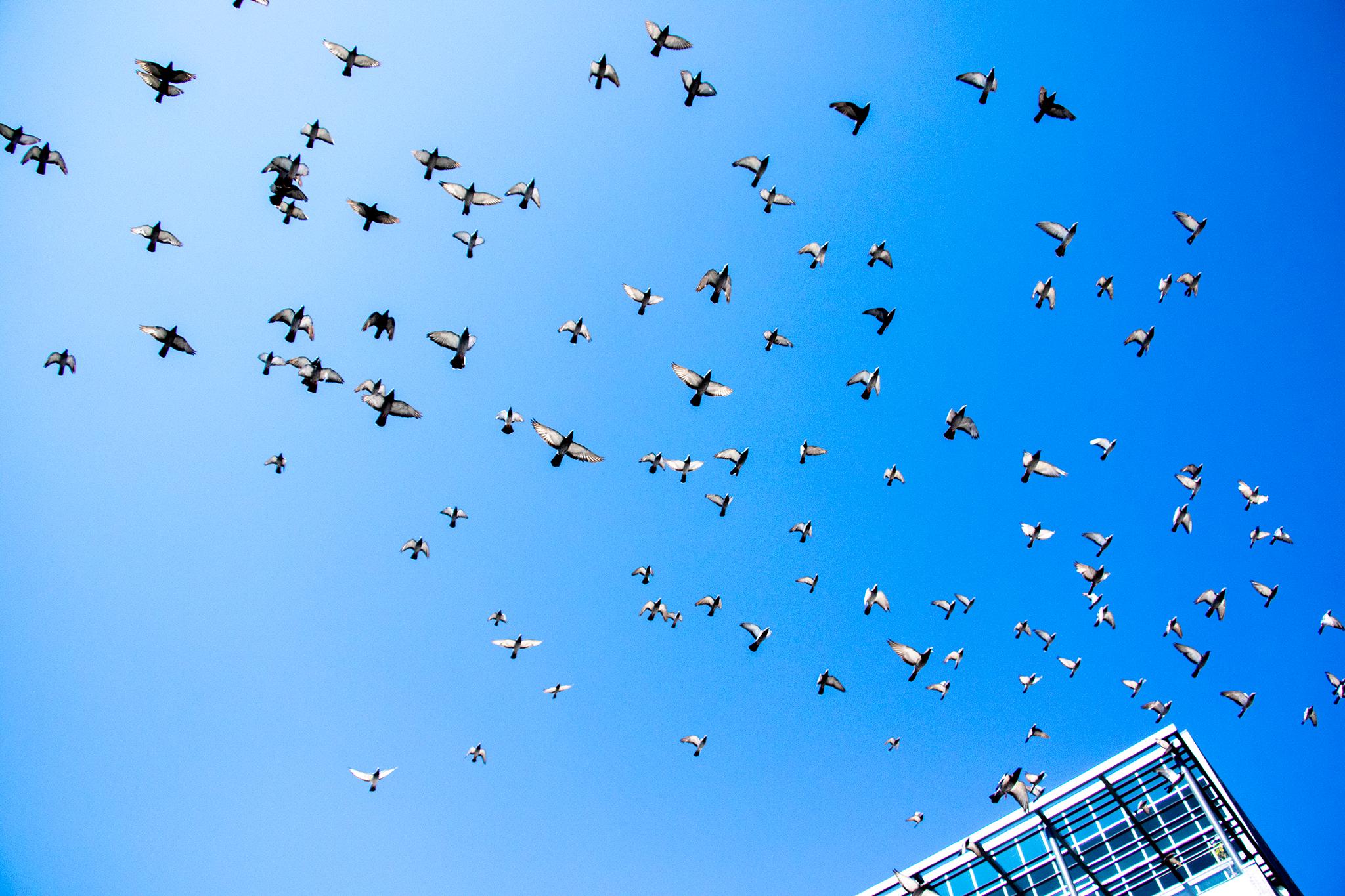
Greenwood Wildlife Rehabilitation Center, one nonprofit that's partnered with Lights Out Denver, collects data on every animal that enters its care. Their reports between 2016 and 2018 show that only 2 to 3 percent of their incoming avian "patients" from the metro area were injured due to window strikes.
In 2018, it was 68 cases out of 3,620 total birds treated. The majority of those - 11 - were Eurasian collared doves, which are not migratory. The runners up, American robins, northern flickers and mourning doves, are known to migrate.
Still, Greenwood spokeswoman Chelsea Barrett said window strikes are likely underreported.
"We probably get far more calls about window strikes, but [we] unfortunately don't track incoming calls to that level of detail," she wrote in an email. "This is because window strike victims are often stunned but otherwise healthy. If there's no visible injury or other threat, we advise them to leave the bird alone for an hour or two. I know we've gotten excited calls back about the bird flying away."
Spellman said the declines outlined in the recent journal article is a result of all of these pressures, so addressing any small factor would be helpful.
Injured birds found by Lights Out Denver volunteers will be taken to Greenwood for care. Dead birds will be taken to the Museum of Nature and Science. It's a regular part of the circle of life for animals living in and around the city.
Lights Out Denver has been a long time coming.
Vicki Vargas-Madrid, Denver Parks and Recreation's wildlife specialist, told Denverite the program was first founded in 2014, though it had a difficult start.
The city was named an "Urban Bird Treaty City" by the U.S. Department of Fish and Wildlife that year, an initiative that aims to protect birds and engage the public with wildlife education. As a result, the city's Office of Sustainability initiated a Lights Out program, but Vargas-Madrid said a staffing change soon after it launched rendered the effort dormant.
"The actual program started, and the idea was out there, but it only lasted one migratory season," she said. "It just fizzled out."
That was before Vargas-Madrid joined Parks and Recreation. She was interested in rekindling the effort after she was hired in 2015, but staffing was short and she had a hard time getting things going.
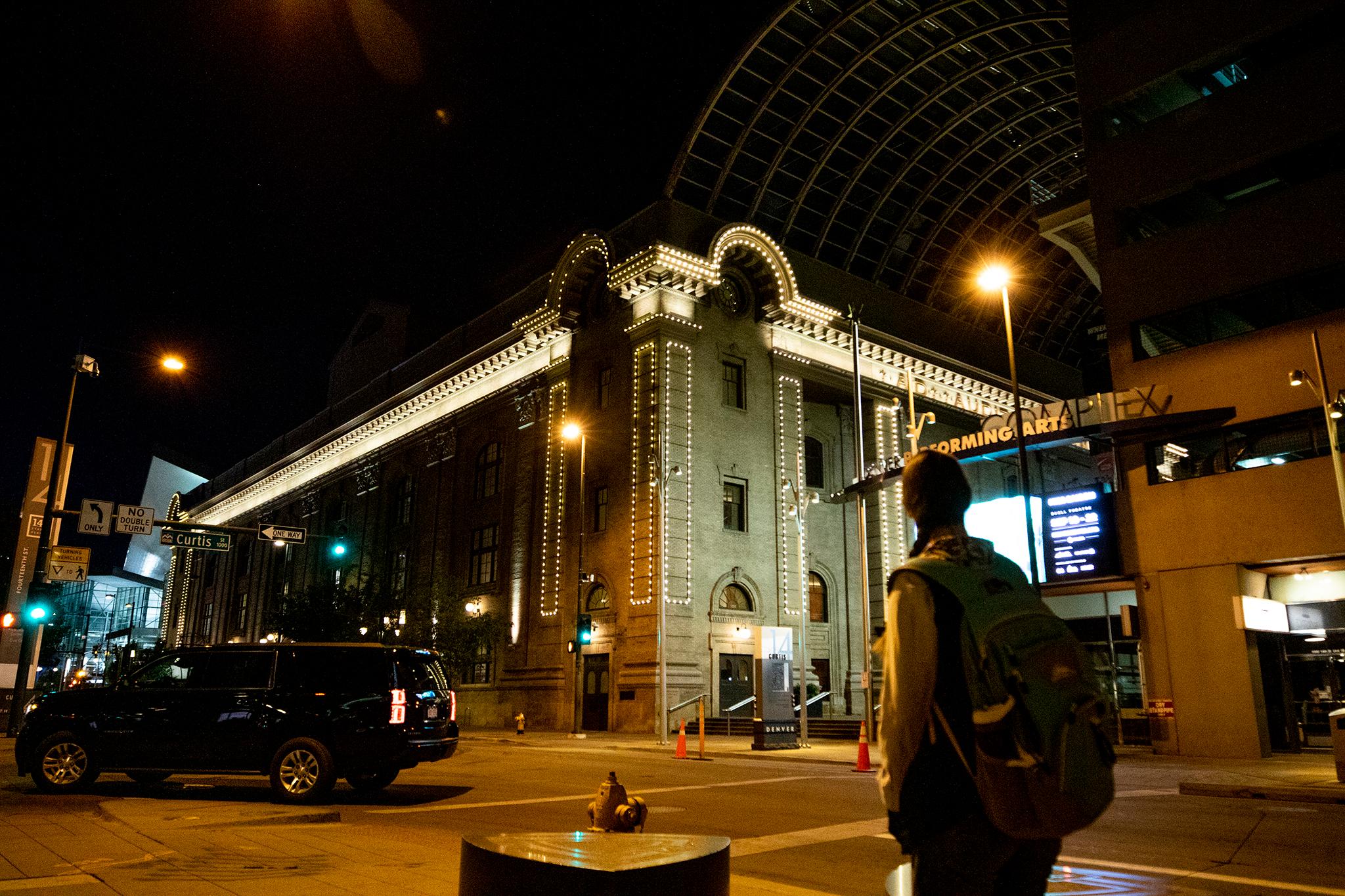
This year, Vargas-Madrid was happy to find someone to lead the project. Alex Halverson, a graduate student in environmental studies at the University of Colorado Boulder, joined her team as an intern and Lights Out Denver once again took flight.
He's worked to engage students from the Community College of Denver and long-time bird nerds like Barbara Masoner. His volunteer pool has grown to about 40 volunteers willing to rise at early hours to scour specific routes around the city.
"I've been blown away about how this has taken off," Halverson said.
The program could unfold in three phases, though Denver's sustainability goals may do some of the work.
First, volunteers will scour specific city corridors to collect numbers on how bad (or not) the problem is. That's where we are now.
It's going to be difficult to get owners of businesses and buildings to voluntarily turn out their lights at night, Halverson said, so he's hoping a compelling dataset will provide "more ammo" to their cause.
"To have a dark sky during the migration season," he said, "that's a very big ask."
Phase two will likely start next year, when Halverson expects Parks and Recreation will approach building managers with the data they've collected and ask for buy-in.
Phase three, which isn't quite fleshed out yet, might make major changes to city rules.
"Our ultimate goal is to try to make ordinances, through the legislative process, to get new infrastructure designed in Denver to be bird-friendly," he said.
In addition to dark windows at night, those design requirements could involve graphics on glass to help birds recognize impermeable surfaces.
If the data collection doesn't show this is a big problem in Denver, Halverson said the effort may have to "recalibrate."
Again, there's a tension between finding dead birds and the program's goals. Lower numbers would be "a good thing," but Halverson said he doubts that would tell the whole story.
"That doesn't mean there aren't bird collisions," he said. "For every one bird that you do find, there's about 10 or 12 that you don't."
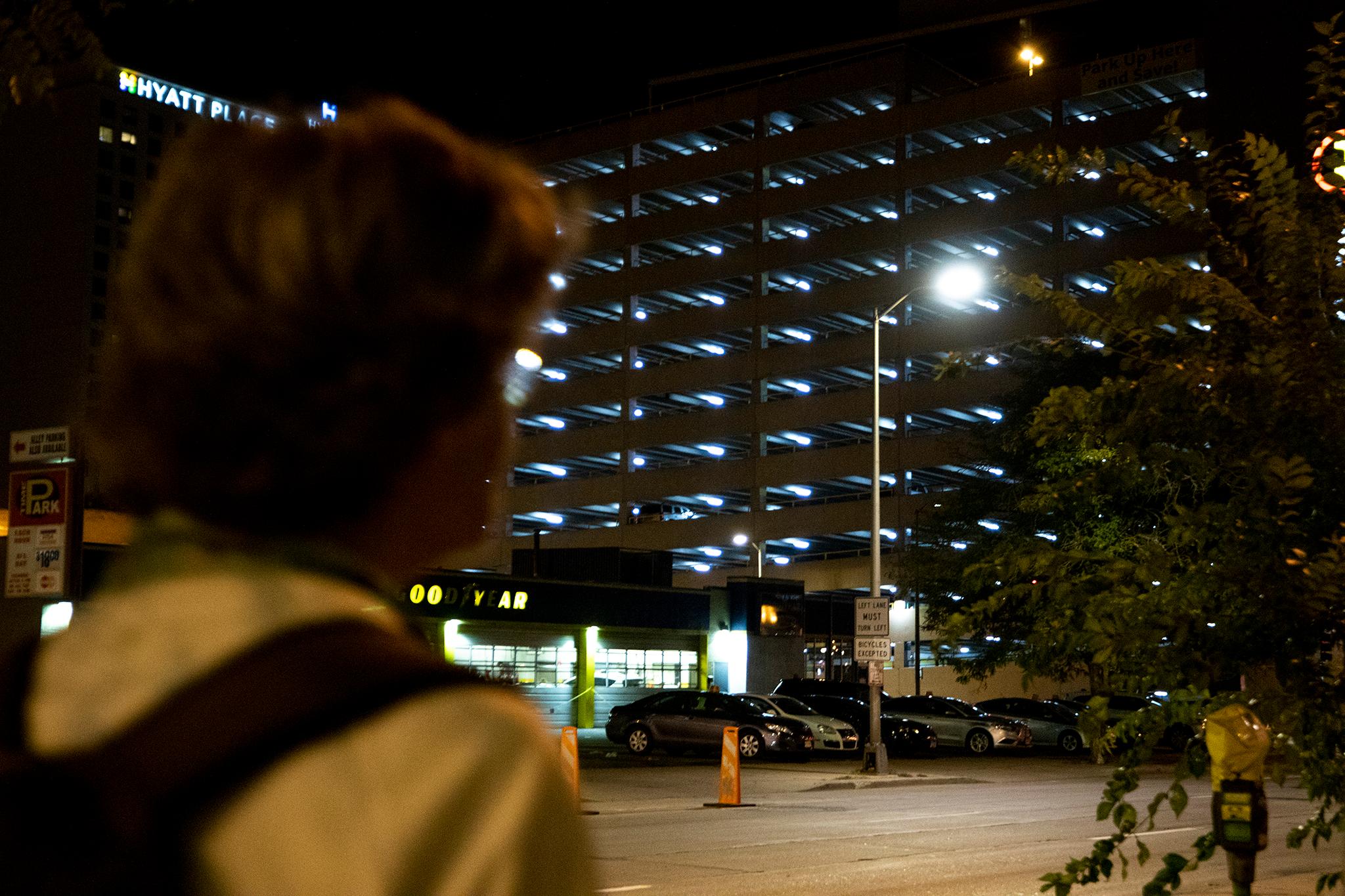
And then there's the ongoing problem of staffing. Halverson isn't sure if he'll continue his role with Lights Out Denver after he graduates. Vargas-Madrid said the program lives on one way or another.
At the same time, officials are working on updates to the city's building code, which could include incentives for buildings that become superlatively sustainable.
Christy Collins, who leads the implementation of Denver's Green Buildings Ordinance, said nighttime lighting won't be specifically addressed in a proposed new energy code, though it is part of their discussion around energy use. More lights off at night, generally, means less impact on the grid. New commercial structures in Denver are required to have motion sensors that allow some lights turn off automatically, though some lights for security and safety are exempt from this.
Collins said there's no specific data showing how many buildings are illuminated at night, but she's sure downtown could be darker: "Denver's not shutting down lights at night."
Correction: This story inaccurately stated that lighting has never been addressed in building codes and has been corrected.

